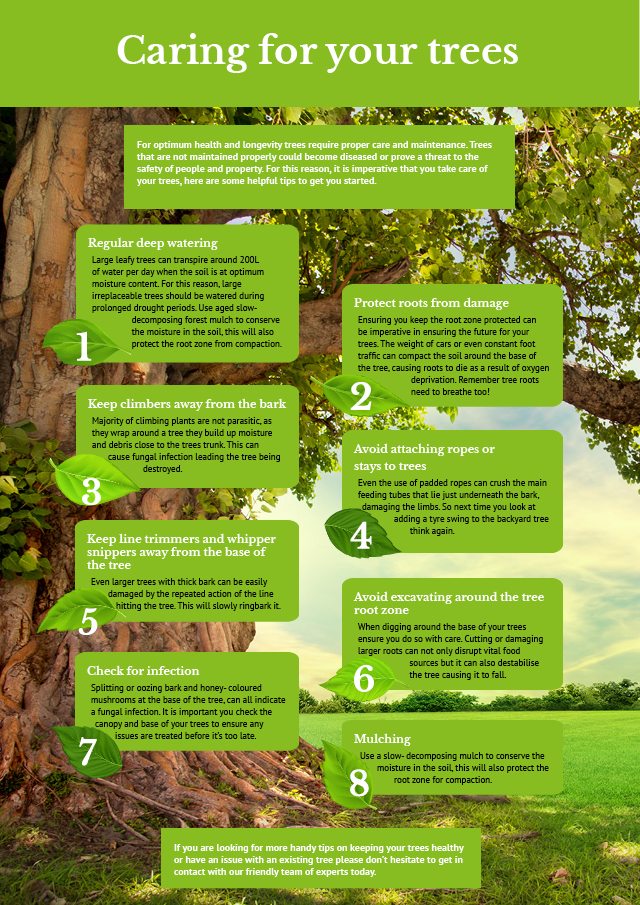Post-Tree Removal Treatment Is Crucial For Landscape Restoration; Discover Vital Steps To Renew Your Area And Stop Future Issues
Post-Tree Removal Treatment Is Crucial For Landscape Restoration; Discover Vital Steps To Renew Your Area And Stop Future Issues
Blog Article
Post Author-Franks Chambers
After a tree's elimination, your landscape may look quite various, and it's necessary to evaluate the after-effects very carefully. You'll intend to review the soil disturbance and inspect surrounding plants for any indications of tension. Neglecting these variables can lead to larger troubles down the line. So, what should Trimming Tree Service perform with those stumps and roots? And how do you pick the most effective plants for your revitalized area? Allow's check out these essential actions.
Examining the Consequences: Evaluating Your Landscape
After a tree removal, it's essential to assess your landscape to understand the impact it carries your lawn.
Start by taking a look at the area where the tree stood. Look for indicators of dirt disruption, and check the surrounding plants for any kind of stress or damage.
You should additionally bear in mind of how the removal has actually changed sunshine direct exposure and air flow in your garden. This shift can influence the development of neighboring plants, so it's important to review their wellness.
Take into consideration the visual facets too; the removal might produce an open space that you can upgrade.
Lastly, think of any type of possible erosion concerns that could arise from the tree's absence. Dealing with these factors early will aid restore balance to your landscape.
Handling Stumps and Origins: Alternatives for Removal
When you've evaluated the after-effects of the tree removal, you'll likely need to take on the stump and roots left behind.
You have a few options for removal. One effective technique is stump grinding, where a professional utilizes an equipment to grind the stump down to below ground level. This technique leaves marginal disruption to your landscape.
If you like a do it yourself method, you can use a combination of digging and chemical stump eliminators. Simply keep in mind, this procedure can take some time and initiative.
Alternatively, take into consideration leaving the stump as an all-natural feature, which can act as an one-of-a-kind garden aspect or environment for wild animals.
Whatever you choose, attending to the stump and roots is vital for recovering your landscape.
Choosing the Right Plants for Your New Room
As you evaluate your freshly cleared space, choosing the right plants can substantially boost your landscape's appeal and capability.
Start by taking into Logging Removes Trees From A Hill, Leaving A Barren Landscape. and soil problems. For bright areas, opt for drought-resistant plants like lavender or succulents. In shaded areas, brushes and hostas thrive well.
Think of the dimension and development habits of your plants; mix perennials and annuals for seasonal variety. Do not fail to remember to integrate indigenous types; they need less upkeep and support local wild animals.
Group plants in odd numbers for a much more all-natural appearance and produce layers for aesthetic depth.
Finally, guarantee you have a mix of shades and appearances to keep your landscape dynamic throughout the periods.
Happy growing!
Final thought
In conclusion, restoring your landscape after tree elimination is a satisfying procedure. By assessing the aftermath, attending to stumps and origins, and selecting the right plants, you'll produce a successful environment. Do not neglect to integrate disintegration control measures to shield your soil. With a little effort and care, you can change your space right into a vivid yard that enhances your home. Embrace the possibility to revitalize your landscape and take pleasure in the elegance of nature right in your backyard!
